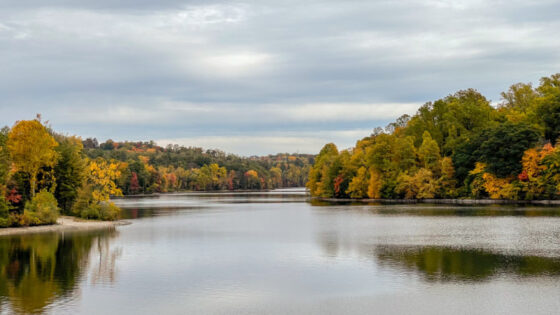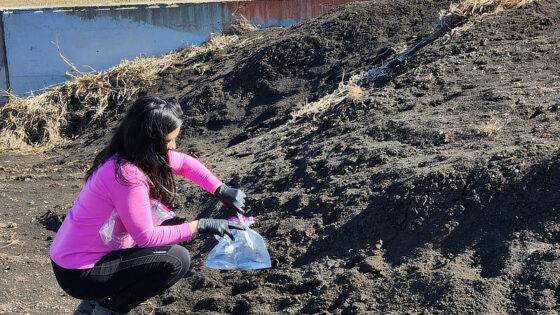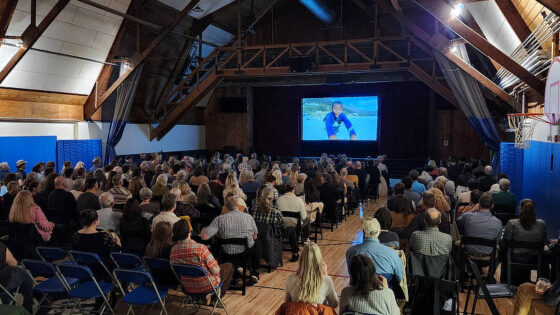Slippery, shiny, and available in varying shades of green, slime is the latest research interest of two Stroud Water Research Center scientists. It’s not the oozy-gooey children’s toy or the highlighter green ectoplasm featured in Ghostbusters, but it’s just as cool. This slime — what scientists call biofilm — is a matrix of freshwater microorganisms, sand, and silt, and it makes up much of the biomass covering underwater surfaces in streams and rivers.
“Biofilms control the transfer of energy and matter in stream ecosystems. Without healthy biofilms, we don’t have healthy streams,” says Marc Peipoch, Ph.D., who in February joined the Stroud Center as an assistant research scientist and the principal investigator of the Ecosystem Ecology Group.
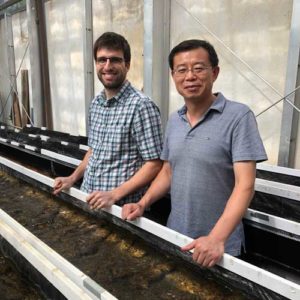
Peipoch and fellow Associate Research Scientist Jinjun Kan, Ph.D., who leads the Microbiology Group, are curious about the formation and function of biofilms. Kan explains, “We don’t know how these microorganisms that make up biofilms form temporally and spatially and under what conditions.” Essentially, how do the microbes get together to form biofilms?
Peipoch asks, “Can we identify any patterns in how these biofilms reproduce and sustain themselves in streams? And if they have been disturbed by a flood, an animal, or human activities, how do they recover, and how quickly?”
Simulating Storms in the Stream House
Kan and Peipoch hope to gain some foundational insights from a biofilm experiment they are running with assistance from postdoctoral researcher Raven Bier, Ph.D., visiting scientist Jing Wang, Ph.D., and intern María C. Rodríguez-Más.
In July, the research team placed sterilized rocks in several flumes in the Stroud Center’s stream house and ran stream water from White Clay Creek through the flumes over the course of three weeks — the amount of time previous studies have shown it takes for biofilms to mature. They then flooded the flumes for 24-48 hours to simulate a real storm. After the simulated storm wreaked havoc on the delicate biofilms, the researchers again ran the stream water through the flumes at a standard flow for another three weeks to see how the biofilms would recover.
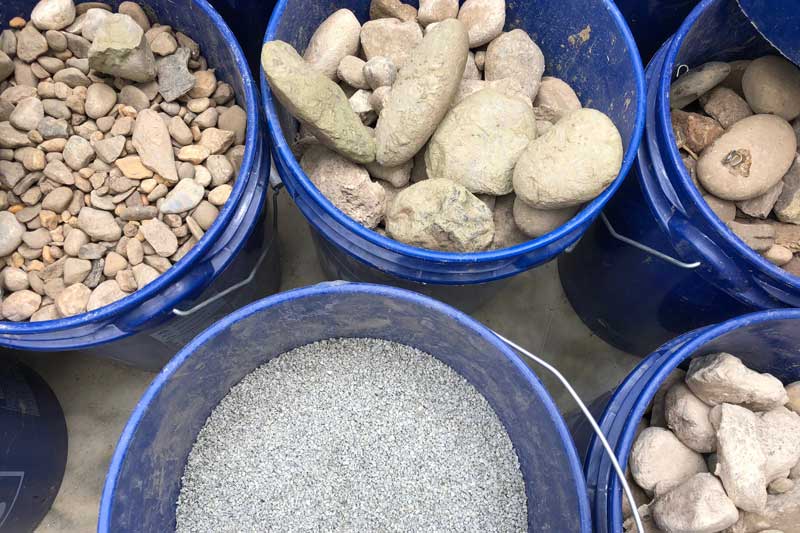
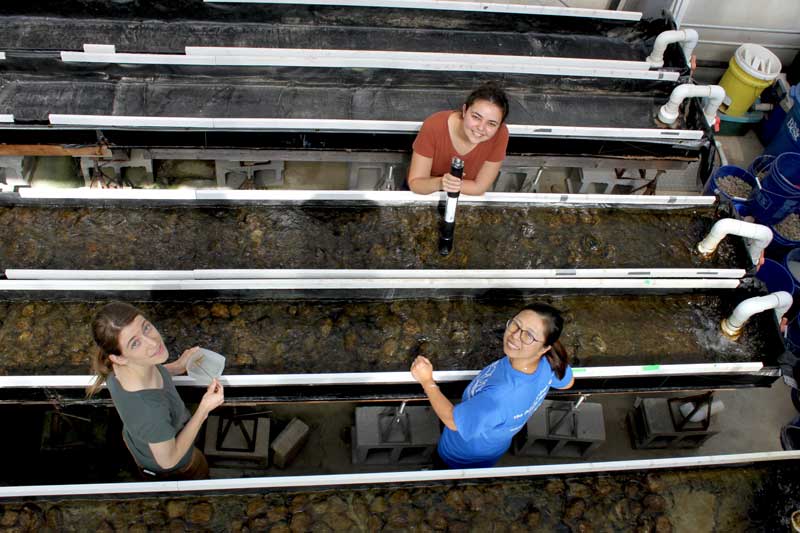
Using DNA technology, Kan is measuring biofilm structure to see what kind of microbes assemble and when: “There are so many different types of bacteria, and probably only some of them, along with some algal cells, can attach to surfaces to begin creating a biofilm. And of those that do attach themselves, some die off right away. Some reproduce. The reproductive cycle of bacteria is fast; we’re talking about a few hours to a couple of days. When they die, they become the food source for other microbes,” he says.
At the same time, Peipoch is looking at how biofilms function: “The uptake of nitrogen in stream water is a valuable ecosystem service,” he says. Thus Peipoch created a chamber experiment in which rocks were placed in a 10-gallon chamber filled with a water-ammonia solution to measure the ammonia’s uptake and determine the biological activity in the biofilms.
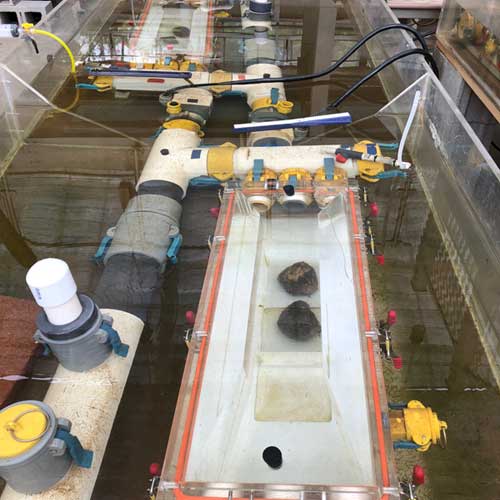
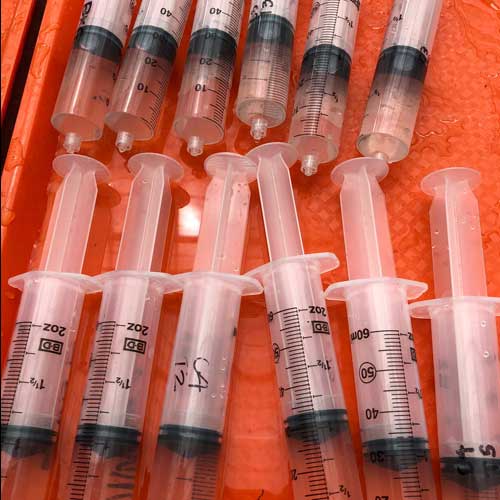
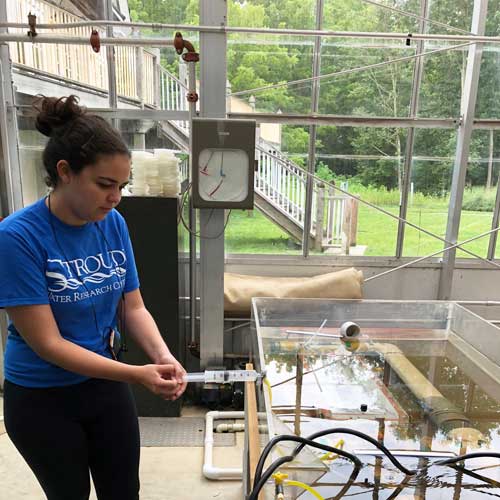
Answering Basic Questions About Biofilms
Kan’s and Peipoch’s experiments will answer some basic questions that could serve as a foundation for future research. “One question I have is how Archaea and phages play a role in biofilm creation. Archaea are another type of microorganism and phages are the virus that infect the microbial components of biofilm, including algae, bacteria, and archaea. Currently, we know so little about them in fresh waters” Kan says.
By learning how biofilms form, scientists can also determine how they recover after destruction from flooding, how long it takes them to recover, and how to encourage recovery.
“With climate change, we’re seeing bigger storms more frequently, so biofilm recovery becomes even more of an issue in maintaining healthy freshwater ecosystems,” concludes Peipoch.

